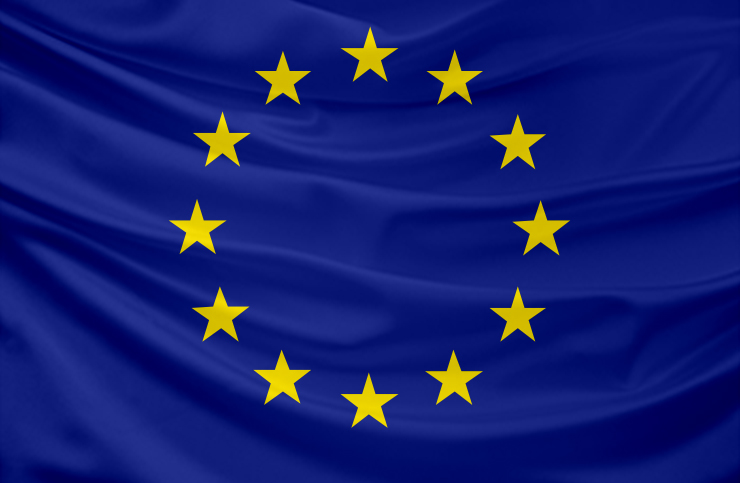Transition to the new European Medical Device Regulations: Risks for the continuity of care
有任何问题?向我们的专家获取相关信息
联系我们2017年 1月 10日
EMERGO SUMMARY OF KEY POINTS:
- Medical device CE Mark recertification challenges may impact near-term supplies of those devices in the European Union.
- European regulators have agreed to stop-gap measures for device manufacturers whose Notified Bodies stop operating in the market.
- Addressing Europe's "orphaned device" challenge will require efforts from Competent Authorities, manufacturers and healthcare providers.
 In their effort to safeguard the quality of Notified Bodies (NBs), European authorities are increasing scrutiny. This has resulted in a reduction of the number of NBs for medical devices and IVDs from over 80 in the recent past to less than 60 now. The number of NBs is expected to drop even further.
In their effort to safeguard the quality of Notified Bodies (NBs), European authorities are increasing scrutiny. This has resulted in a reduction of the number of NBs for medical devices and IVDs from over 80 in the recent past to less than 60 now. The number of NBs is expected to drop even further.
A manufacturer who sees its NB disappear has to find another NB quickly because its device's certification has lost its validity. This can be challenging because of procedural requirements and limited capacities at those NBs that are still in business. Unless this manufacturer would be able to get recertified before stocks of its device stored at distributors or healthcare providers run out, the availability of the firm's device to European patients will be interrupted.
This scenario currently happens every now and then, and usually the market can cope with it. Other suppliers can take over, and most healthcare systems are sufficiently robust to compensate for the odd device that has to be replaced on short notice; a purchaser can probably push two or three extra devices through the purchasing process and staff can get trained to a new device in a few days' time. But what if something happens that makes significant cohorts of manufacturers lose their access to the market? With 25,000 European-based manufacturers, and a similar number of non-EU based companies, even a small percentage could easily represent thousands of devices.
Periods of grace
It seems that Competent Authorities (CAs) have acknowledged this risk. During a Competent Authorities for Medical Devices (CAMD) meeting in Bratislava in October 2016, CAs appear to have agreed on an approach where a “period of grace” can be granted for manufacturers meeting certain criteria. Whether this will be applied is left up to the Member States, and so far only France and Switzerland have publicized positions on this issue.
The measures taken by France and Switzerland suggest that in order for this exception to be possible for national industry, the manufacturer must actively be working on recertification and the device(s) should not pose any relevant risks that are not acceptable compared to the clinical benefits. It looks obvious that the CAs have tried to find a way to keep compliant, sufficiently safe devices on the market during the transition period from one NB to another. In that way CAs want to reduce the risk of large groups of devices suddenly facing removal from the market.
Will the CAs succeed?
As a start, so far only one of the 28 Member States plus Switzerland has publically declared this Period of Grace opportunity. It could be possible that other Member States will have similar measures without communicating too openly about it, or they will do so later. For non-European manufacturers there is no such safeguard. Whatever the arrangements, it can be expected that companies are reluctant in going public with their problems (and there is no incentive at all for non-European manufacturers), so Member States should prepare for very late announcements, if any, of disruptions in supply.
What can we do?
The whole health care industry should be concerned about device supply issues. Disruptions can happen at any point during the transition period of the Regulations, starting now until 2024. All during this period there is a risk that parties may be encouraged to ignore expired certificates in order to keep up supplies of highly needed devices. By doing so, the doors may be opened to other non-compliant supplies of devices. This in turn may lead to a serious threat to the whole system of medical device compliance in Europe. Therefore, actions should be taken to prevent sudden supply disruptions, and this effort has to be joined by all parties involved:
- The CAs need to offer a place where companies (including non-European manufacturers) can safely notify possible problems in the supply of their devices, without any fear of repercussions.
- The CAs should prepare for measures to keep obviously compliant, safe devices on the market, even if there are problems with the certificates.
- Manufacturers should communicate about possible disruptions in their supply. If they don't want to go public themselves, they may do that through industry representatives like Eucomed, COCIR, EAAR, etc.
- Therefore, industry representatives should start communicating about these possible problems and set up communication lines with their CAs.
- Healthcare providers should be aware of early signals regarding disruption of supply and set up communication lines to identify possible problems as early as possible.
- All involved: don't think that this risk can be ignored, because by the time this risk becomes a reality it is too late to prevent it from happening. Besides, would it be a bad thing if at the end of the day the above measures were to prove unnecessary?
作者
- Ronald Boumans